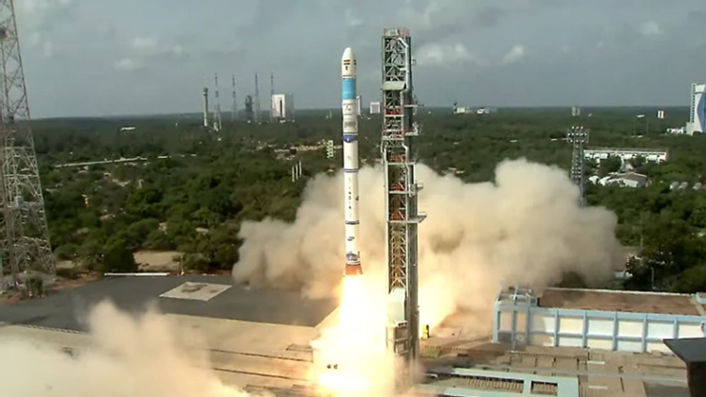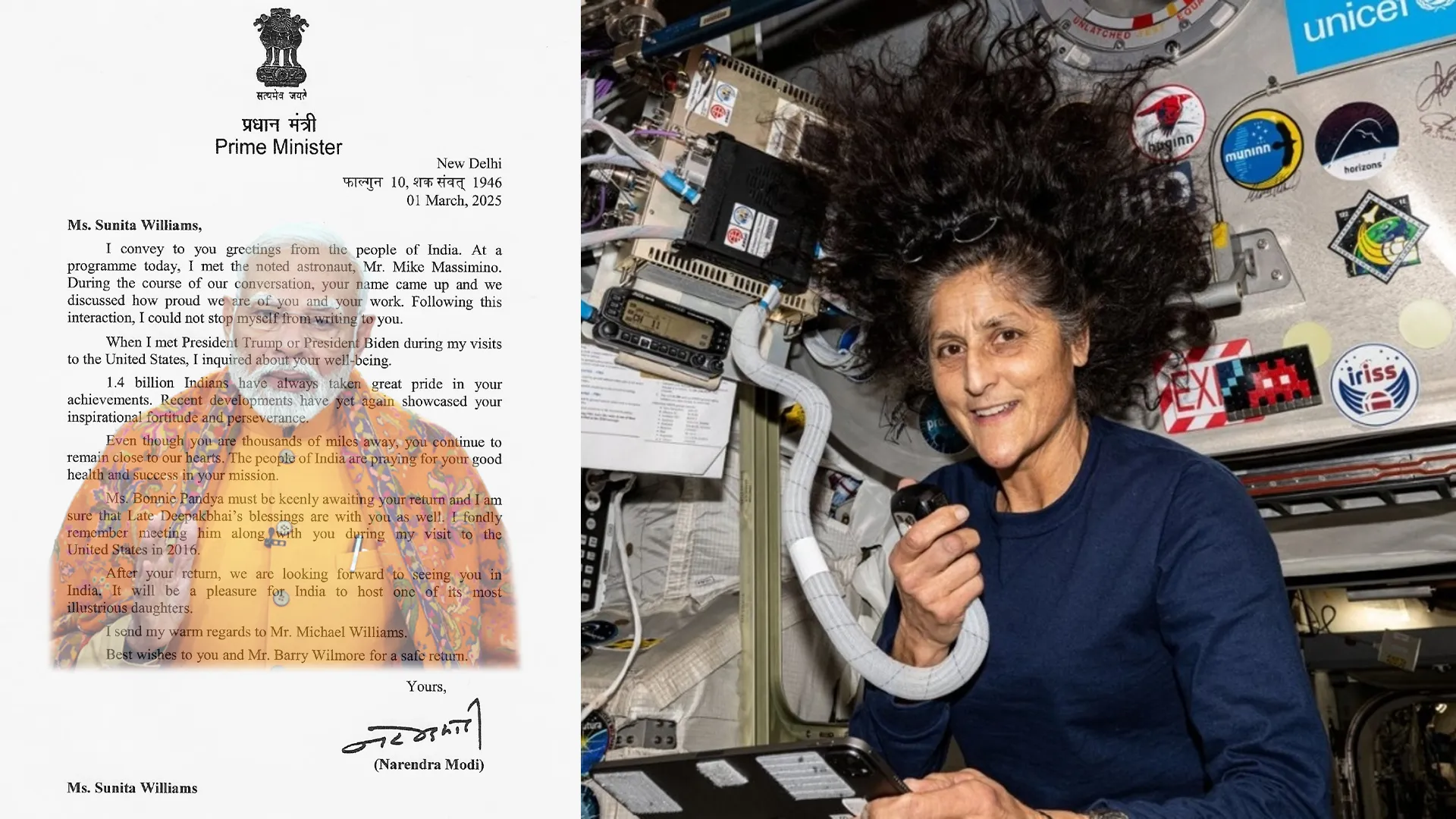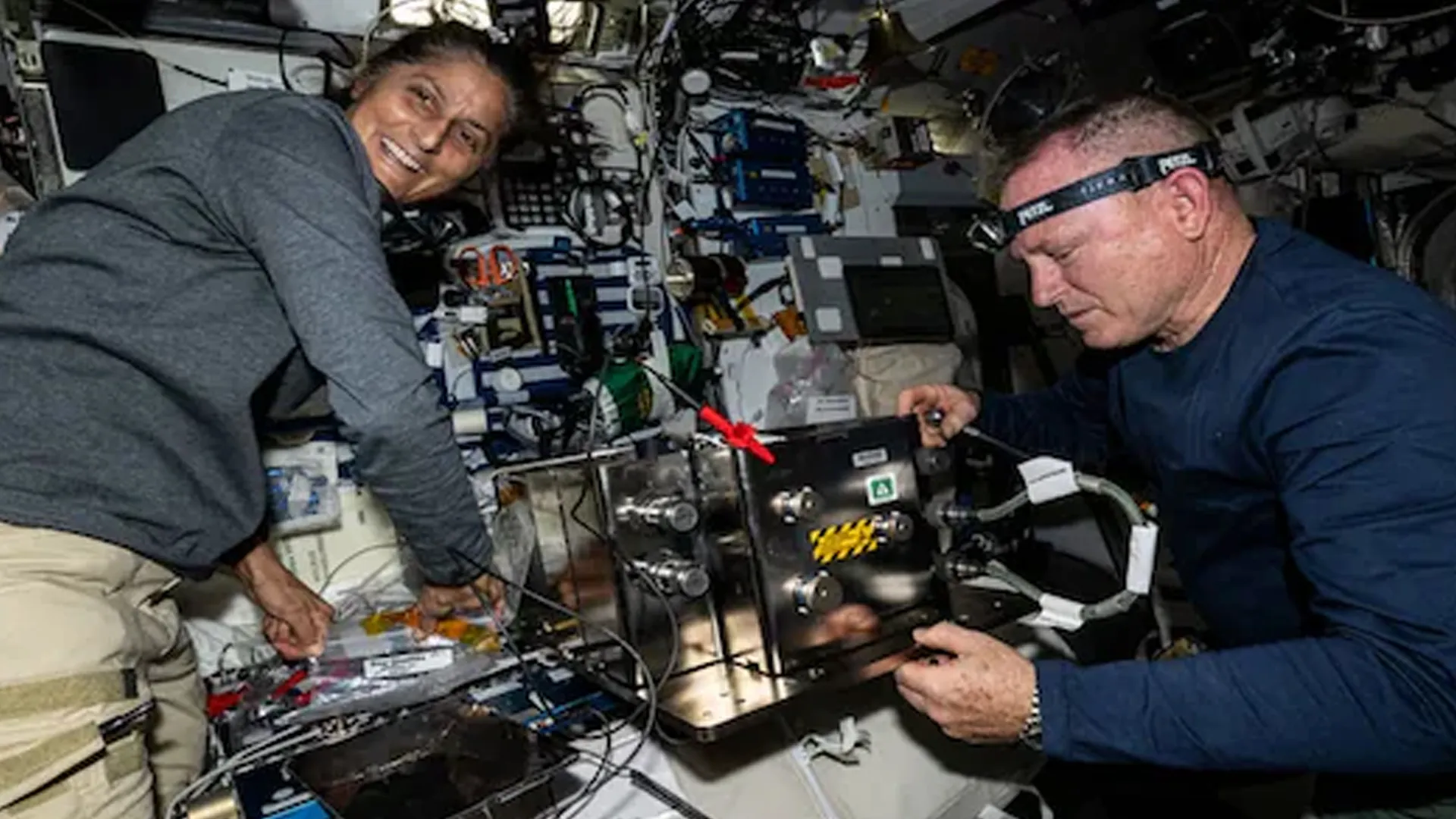On August 16, 2024, the Indian Space Research Organisation (ISRO) successfully launched an Earth observation satellite using the Small Satellite Launch Vehicle-03 (SSLV-D3) from the Satish Dhawan Space Centre in Sriharikota. This marks the final development flight of ISRO’s smallest rocket, now fully operational for future missions. The mission aims to enhance commercial satellite launch operations for NewSpace India Ltd (NSIL).
The third developmental flight of SSLV is successful. The SSLV-D3 placed EOS-08 precisely into the orbit. This marks the successful completion of ISRO/DOS's SSLV Development Project: ISRO pic.twitter.com/pquwmn22je
Related News— ANI (@ANI) August 16, 2024
This launch follows the success of the SSLV-D2-EOS-07 mission in February 2023 and is ISRO’s third mission of 2024. The SSLV-D3, standing at 34 meters tall, is capable of carrying up to 500 kg into low Earth orbit. The mission’s objectives include the development of a microsatellite, payload instruments, and the integration of new technologies.
The EOS-08 satellite, weighing 175.5 kg with a one-year mission life, carries three payloads: the Electro Optical Infrared Payload (EOIR) for surveillance and environmental monitoring, the Global Navigation Satellite System-Reflectometry payload (GNSS-R) for ocean surface wind analysis and flood detection, and the SiC UV Dosimeter for UV irradiance monitoring, vital for India’s Gaganyaan Mission. The mission is expected to bolster India’s position in the global space industry through enhanced collaboration between ISRO, Indian industry, and NSIL.
Built on the Microsat/IMS-1 bus, the EOS-08 satellite is equipped with three primary payloads: the Electro-Optical Infrared Payload (EOIR), the Global Navigation Satellite System-Reflectometry Payload (GNSS-R), and the SiC UV Dosimeter.
The EOIR payload is designed to capture images in both the Mid-Wave IR (MIR) and Long-Wave IR (LWIR) bands, allowing for day and night operations. Its applications include satellite-based surveillance, disaster monitoring, environmental monitoring, fire detection, volcanic activity observation, and monitoring of industrial and power plant disasters. The GNSS-R payload uses GNSS-R-based remote sensing to analyze ocean surface winds, assess soil moisture, study the cryosphere in the Himalayan region, detect floods, and monitor inland water bodies. The spacecraft will operate in a Circular Low Earth Orbit (LEO) at an altitude of 475 km with a 37.4° inclination and is designed for a mission life of one year.
EOS-08 represents a notable advancement in satellite systems, featuring an Integrated Avionics system called the Communication, Baseband, Storage, and Positioning (CBSP) Package. This system integrates multiple functions into a single, efficient unit with cold redundant systems and uses commercial off-the-shelf (COTS) components. It supports up to 400 GB of data storage and includes key onboard technology components such as a structural panel with embedded PCB, an embedded battery, a Micro-DGA (Dual Gimbal Antenna), an M-PAA (Phased Array Antenna), and a flexible solar panel.






















